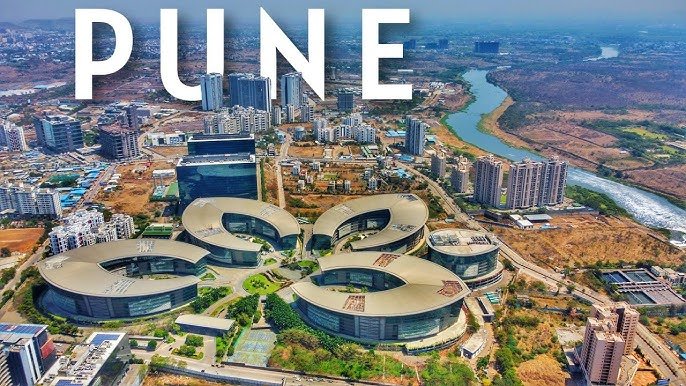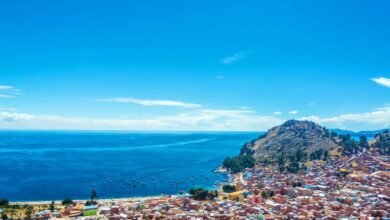
Ganesh Chaturthi, one of India’s most cherished festivals, holds a special place in the hearts of devotees, especially in Maharashtra. Pune, often referred to as the cultural capital of the state, is a city where the celebration of Ganesh Chaturthi Puja in Pune transcends religious and social boundaries. It’s not just a festival here but a grand spectacle that unites people across all walks of life in devotion to Lord Ganesha, the remover of obstacles and the god of wisdom and prosperity.
The History of Ganesh Chaturthi in Pune
The roots of Ganesh Chaturthi celebrations in Pune can be traced back to the 17th century, during the reign of the Maratha empire under Shivaji Maharaj, who initiated the tradition of public Ganesh celebrations to unite people in the face of Mughal aggression. However, it was freedom fighter Lokmanya Bal Gangadhar Tilak who revived and popularized the festival in the late 19th century as a means to unite the masses during the British colonial rule. What started as a religious event took on a nationalist fervor, symbolizing unity, brotherhood, and the spirit of independence.
Since then, Pune has been at the forefront of Ganesh Chaturthi celebrations, with every nook and corner of the city adorned with pandals (temporary structures) where idols of Lord Ganesha are installed and worshipped with grand rituals.
The Preparation and Excitement in Pune
The preparation for Ganesh Chaturthi in Pune begins weeks, if not months, before the actual festival. Artisans start crafting beautiful and intricate idols of Lord Ganesha out of clay. In recent years, due to increased awareness of environmental concerns, many people in Pune have shifted towards using eco-friendly Ganesh idols made from biodegradable materials to reduce the impact on water bodies after immersion.
Local markets buzz with activity as people purchase decorative items, flowers, sweets, and other offerings for the upcoming festivities. Colorful banners and strings of lights are seen across the streets, and the entire city takes on a festive ambiance. Cultural programs, charity events, and community activities are planned by residential societies and Ganesh mandals (local organizations that set up Ganesha idols in public spaces), adding to the excitement.
Ganesh Chaturthi Puja: The Rituals
The main day of Ganesh Chaturthi is marked by the installation of Lord Ganesha’s idol at homes, offices, and public spaces. The puja usually begins with the Pranapratishtha, a ritual in which life is invoked in the idol. This is followed by the Shodashopachara Puja, a 16-step offering that includes presenting flowers, fruits, coconut, modak (Lord Ganesha’s favorite sweet), and other delicacies.
Pune residents and Ganesh mandals follow traditional rituals with great devotion. The Ganesh Aarti is one of the most important aspects of the daily worship. A well-known Marathi aarti, such as “Sukhakarta Dukhaharta,” is sung by devotees in unison while clapping hands and ringing bells. The sheer energy during the aarti, whether in homes or in large public pandals, is a sight to behold.
Each day of the festival has specific significance and offerings. Families and public pandals may host special prayers for particular wishes, such as blessings for education, good health, or success in endeavors. There’s a strong communal feeling as families invite each other over for Ganesh darshan and share prasad (offering to the deity). The feeling of togetherness and devotion pervades the entire city during these 10 days of celebrations.
Famous Ganesh Pandals in Pune
Some of Pune’s Ganesh pandals are iconic, drawing thousands of devotees from the city and beyond. These mandals have their distinct styles and traditions, and their grandeur often sets them apart. Here are a few notable ones:
- Dagdusheth Halwai Ganpati: One of the most famous Ganesh mandals in Pune, the Shreemant Dagdusheth Halwai Ganpati is not just a local favorite but also attracts devotees from all over the country. Established in 1893, the mandal is known for its splendid decoration and the immense faith people have in the deity. The massive idol of Lord Ganesha is adorned with gold and is believed to be highly auspicious.
- Kasba Ganpati: Known as the Gram Daivat (presiding deity) of Pune, Kasba Ganpati holds the distinction of being the first Ganpati in the city. This mandal has the honor of starting the immersion procession every year and is deeply rooted in tradition.
- Tulshibaug Ganpati: The Tulshibaug Ganpati mandal is known for its huge idol, often one of the largest in Pune, and its elaborate decorations. It is a favorite among locals for its vibrant atmosphere and artistic set designs.
- Kesariwada Ganpati: Founded by Lokmanya Tilak himself, the Kesariwada Ganpati mandal carries immense historical significance. Every year, it becomes a hub for cultural activities, patriotic plays, and social awareness programs alongside the religious festivities.
The Immersion Procession: Pune’s Grand Finale
The immersion (Visarjan) of the Ganesh idols is as grand an affair as the installation. In Pune, the procession on Anant Chaturdashi (the final day of the festival) is nothing short of a carnival. The entire city seems to gather on the streets, with devotees accompanying the idols as they make their way to the immersion points in rivers or specially designated tanks.
Drums (dhol) and traditional brass instruments (tasha) play rhythmic beats that echo through the streets, energizing the crowd. Cultural performances, traditional dance forms like Lezim, and large processions add to the festive fervor. The procession often lasts for hours, with each mandal waiting for its turn to immerse the idol.
While the immersion is a time of joy and celebration, it’s also bittersweet as devotees bid farewell to their beloved Lord Ganesha, chanting “Ganpati Bappa Morya, Pudhchya Varshi Lavkar Ya!” (Lord Ganesha, come again soon next year!).
Eco-Friendly Celebrations: Pune’s Green Initiatives
In recent years, Pune has been a frontrunner in promoting eco-friendly celebrations. Ganesh mandals and citizens have become increasingly aware of the environmental impact of immersing non-biodegradable idols in natural water bodies. As a result, eco-friendly idols made from clay and natural dyes have gained popularity. Several initiatives also encourage the use of artificial ponds for immersion to avoid pollution in the city’s rivers.
Additionally, Pune’s youth have played a vital role in promoting awareness campaigns about the need to protect the environment while celebrating traditions. Workshops on making eco-friendly idols, reducing plastic waste, and conserving resources during the festival are now common in many parts of the city.
Conclusion
Ganesh Chaturthi in Pune is more than just a religious celebration; it is a deeply ingrained cultural tradition that reflects the city’s rich heritage, communal harmony, and love for the environment. Whether it’s the soulful aartis, the grand processions, or the growing emphasis on sustainability, Pune’s Ganesh Chaturthi remains a perfect blend of devotion, festivity, and social consciousness.
Every year, the city welcomes Lord Ganesha with open arms, and when it’s time for Visarjan, the promise to meet again the next year reflects the eternal bond between the devotees and their beloved deity. Pune’s Ganesh Chaturthi truly embodies the spirit of unity, faith, and celebration.



